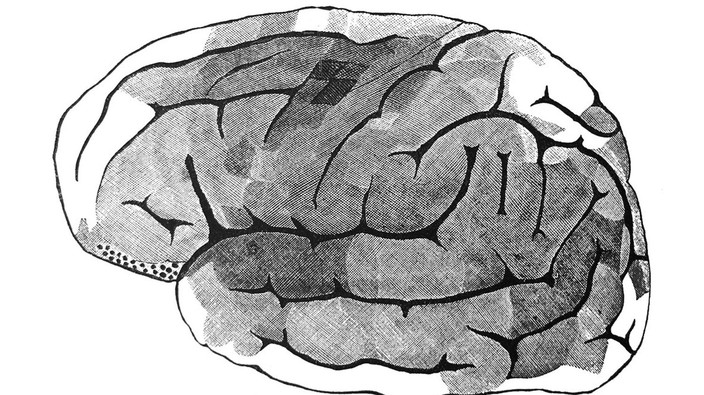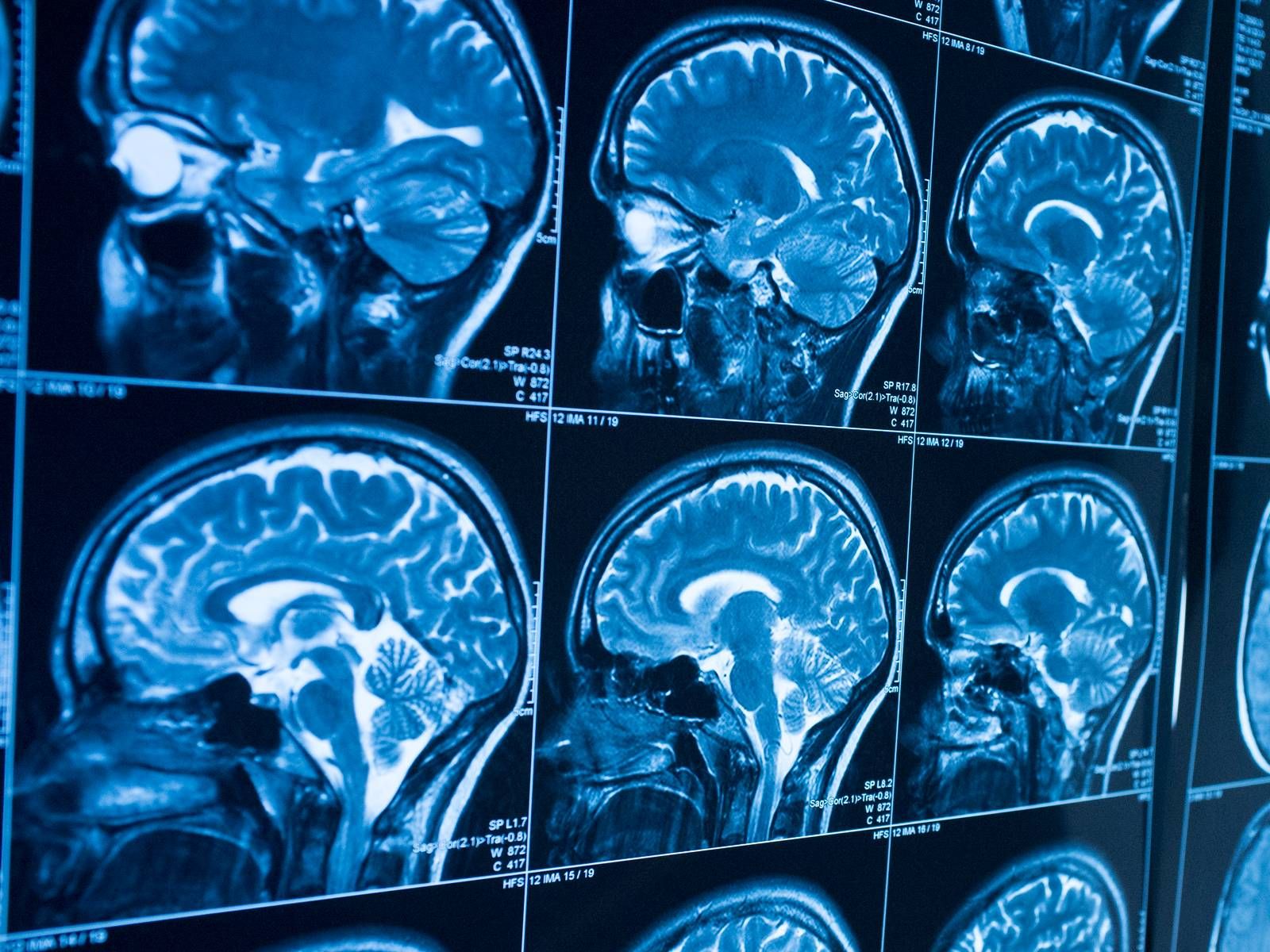common drug used to treat prostate cancer may raise risk of brain tumours: study
researchers suggest 'careful' use of hormone therapy drug cyproterone because of link to slow-growing tumour.
researchers find link between asthma and prevention of brain tumours
u.s. uncovers mysterious relationship between inflammatory diseases and brain tumours.
device shrinks brain tumour in first human trial
this form of cancer is notoriously difficult to treat because glioblastoma tumours are resistant to conventional therapies.
 3 minute read
3 minute read









